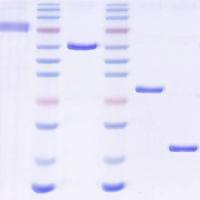Enhanced Permeability and Retention (EPR) Effect for Anticancer Nanomedicine Drug Targeting
互联网
互联网
相关产品推荐

Recombinant-Synechocystis-sp-Drug-sensory-protein-AdspADrug sensory protein A EC= 2.7.13.3
¥14672

Arabidopsis thaliana EPR1重组蛋白表达
¥2000

Recombinant-Human-Reactive-oxygen-species-modulator-1ROMO1Reactive oxygen species modulator 1; ROS modulator 1 Alternative name(s): Epididymis tissue protein Li 175 Glyrichin Mitochondrial targeting GxxxG motif protein; MTGM Protein MGR2 h
¥9478

Recombinant-Oryza-sativa-subsp-japonica-CASP-like-protein-BLE3BLE3CASP-like protein BLE3 Alternative name(s): Protein brassinolide-enhanced 3; OsBLE3; Protein BL-enhanced 3
¥10220

Kdelr3/Kdelr3蛋白Recombinant Mouse ER lumen protein-retaining receptor 3 (Kdelr3)重组蛋白KDEL endoplasmic reticulum protein retention receptor 3 (KDEL receptor 3)蛋白
¥9720
相关问答

